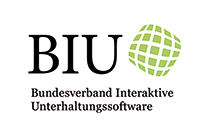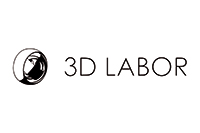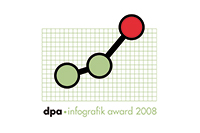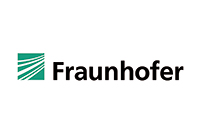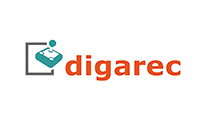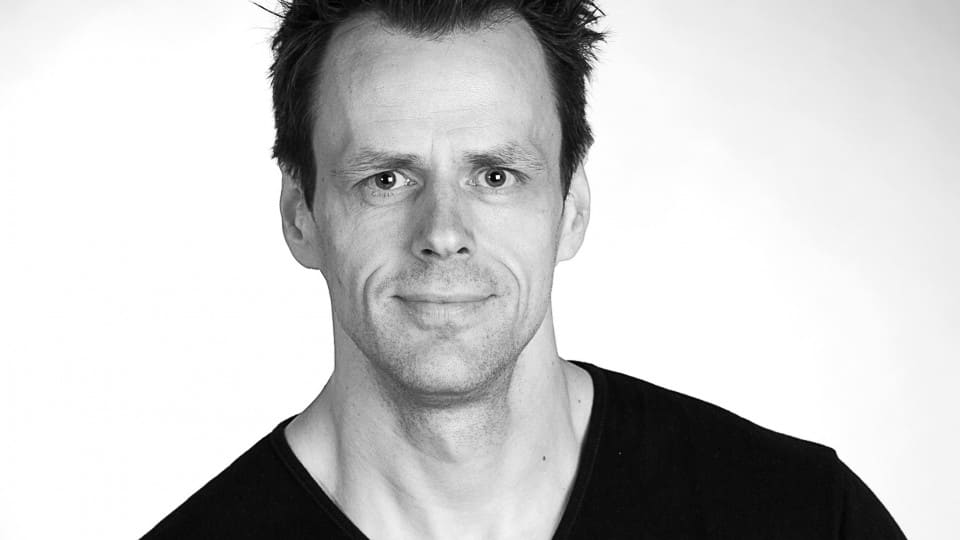
Instead of the spirit of the active, the spirit of the passive pervades large parts of COVID management. This is why sport has been largely banned in Germany for more than half a year. The consequences for young people and adults, but also for clubs and society are fatal. Exercise and sport are not part of the problem, but an important part of the solution. That is why there should be a right to sport and exercise.
The last time I visited the training room of my sports club was more than half a year ago. It was on Wednesday 18 October 2020. To put it in a sports context, the first division of the German football league had just finished its fifth matchday. The season – a total of 34 games – has been over for almost a week now and the professional clubs are already starting their preparations for the next season.
In terms of COVID-19 politics, a lot has happened in these seven months, but in terms of sport, little or nothing has happened. This is despite the fact that sport and exercise not only represent a relevant preventive factor in general, but also in the context of COVID-19, an increasing amount of scientific knowledge is becoming apparent.
Exercise and sport are part of the solution, not the problem
For example, studies by Sallis and colleagues published in the British Journal of Sports Medicine and Salgando-Aranda and colleagues published in the Journal Infectious Diseases and Therapy show that meeting recommended physical activity standards is associated with a significantly lower risk of hospitalisation and severe disease progression in people infected by COVID-19. The authors recommend the integration of physical activity into public health strategies in the context of COVID-19. Thus, exercise and sport are not part of the problem, but of the solution.
Both organised sport (sports clubs and federations) and private sector sport (e.g. the fitness industry) have made efforts to make their voices heard by politicians and administrators based on the high importance of being part of the solution. A key message in the pandemic response is the differentiation between indoor and outdoor activities. Indoor is dangerous, outdoor is harmless, especially for activities that are carried out without contact. An obvious solution would be to move indoor activities outdoors or, in the case of outdoor sports, to point out that they actually take place outdoors.
Sport needs to be heard more
Sport organisations have sent these messages to politicians and administrators. Unfortunately, with only moderate success so far. Instead, the sports providers concerned feel simply ignored.
There are many examples. Clubs and associations primarily rely on communication campaigns and petitions. The petition “Draußen muss drin sein” (Outdoors must be inside) initiated by the German Football Association (DFB) and the German Olympic Sports Confederation (DOSB) calls for the immediate re-permission of organised outdoor sports. An appeal that is gradually developing communicative power simply because of the quantity behind it. The DFB alone acts for almost 7 million football players, the DOSB even for the entire association sport with 28 million members.
The appeal is so loud that it cannot be ignored. In addition to the health consequences resulting from the standstill, organised sport is currently losing a generation of talent. Junior training has been taking place for more than a year, if only sporadically. Children and young people are losing touch with sport. Hopeful talents are looking elsewhere and will be missing from top-level sport in the future. Sports clubs and their offers are an important anchor in the everyday life of families. The disappearance of sports clubs poses a great challenge not only to boys and girls who are active in sports, but also to their families.
While organised sports tend to focus on communication, private sports providers try to adapt their products to the above-mentioned conditions, i.e. to shift activities from the inside to the outside. We are talking here about individual, contactless sport with or without equipment. Very pragmatic. Providers have made the effort – if infrastructurally possible – to position equipment on parking lots or other outdoor areas to give members an outdoor exercise opportunity. Entrepreneurship, tackling, being active, looking for solutions.
Anchoring a right to sport
This is precisely the approach that is desired in a crisis situation, especially when it enables part of the solution, in this case sport and exercise. Unfortunately, in many cases without the support of the public administration, many of these initiatives have been stopped by the local authorities. Safe contactless exercise outdoors is therefore not possible either. It is simply banned. Would it be so far-fetched to support entrepreneurship also through public administration by not negating it from the outset, but by cooperating, giving assistance, making suggestions for the optimisation of such an outdoor area? No, the easy and safe way is to ban it. Unfortunately, the spirit of the passive rather than the active pervades large parts of COVID management. And yet, with all the positive scientific findings, it might even make sense right now to establish a right to sport.
Do you have any press release related questions?
Please refer to Jessica Carolin Barthel-Jelkmann at jessica.barthel@gusgermany.de.






